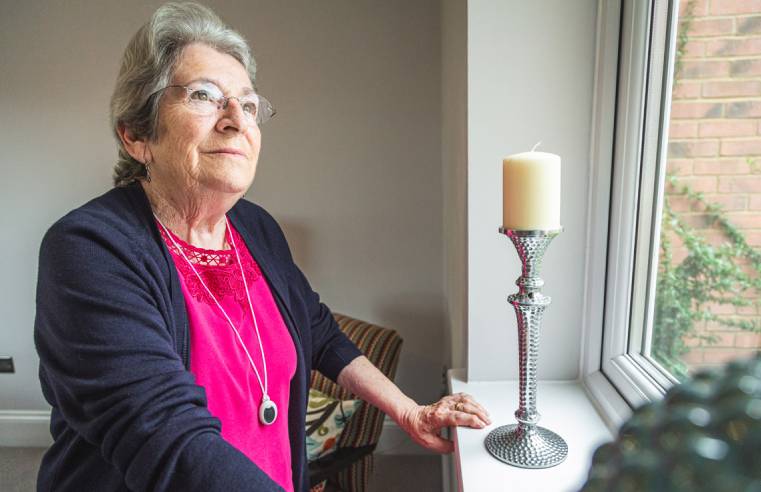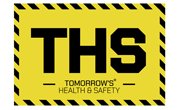The experts from training provider iHASCO discuss whether care providers are doing enough when it comes to fire safety.
Fire can have a devastating effect on organisations. So, why are so many care organisations taking risks when it comes to fire safety? Without exception, fire safety is considered a fundamental responsibility and those working in care have the added commitment of ensuring any vulnerable individuals are safe in the event of a fire. Given that some of those receiving care are unable to react quickly or move at all if a fire breaks out, it is easy to see how fire prevention plays an incredibly crucial role in this setting.
Care home owners and managers, as well as hospital staff, have to be competent in understanding how to prevent fires, but also how to raise the alarm and evacuate the building. There are a greater number of challenges in these environments, as they are often busy and contain a greater number of fire hazards. There are plenty of potential ignition sources in a care environment, including cooking appliances, electrical equipment, cigarettes or even mobility equipment. Add to this the huge potential number of combustible and flammable fuel sources, and you can see how a fire could quickly spread.
Tragically, lives have been lost in care home fires of recent years, as well as prosecutions brought about due to inadequate fire safety measures. A report by the London Fire Brigade found that 177 care homes had insufficient fire safety measures, including poorly maintained fire doors, risk assessments being conducted by those without the correct experience, considerable confusion about evacuation procedures and roofs being excluded as a fire risk. These findings raise concerns over fire safety across all care homes and act as a reminder of the importance of reviewing practices and ensuring training is regularly refreshed. As a result of this, the CQC Chief Executive wrote to care homes, hospices and independent hospitals to urge them to review their fire safety procedures, making sure they are up-to-date and consistently applied. At the time, NHS Trusts were also given this important message.
A couple of years on, and with the added pressures of the current pandemic, care homes and hospitals have clearly been under a huge amount of strain, but this has not afforded them a break from their fire safety responsibilities. It has been suggested that the use of a greater number of ventilators will increase the risk of combustion in the hospital wards. Whilst it was agreed that oxygen is not flammable, the higher oxygen content in a specific area could cause a fire to spread faster. There’s also the issue that refreshing staff training and completing fire drills has been more challenging due to time constraints and staff working around the clock to cover extra shifts and absences.
Fire risk assessments may also have been required to be reviewed more regularly, as temporary staff may have been brought in, working practices may have changed as well as shift patterns or the number of occupants.
The London Fire Brigade state the top three causes of fires in care homes as cooking and cookers (41%), kitchen appliances (21%) and smoking (13%) related causes. They also highlight common concerns in care homes being out-of-date plans, especially as residents’ needs change frequently, lack of fire drill practice and too few staff to carry out the evacuation plan (particularly at night).
Those in the sector who have good fire safety measures in place and provide staff with high-quality training will be far better equipped in preventing fires and minimising the risks. Whilst there are legal obligations to be met when it comes to fire safety, providing high standards of care also includes protecting those that are vulnerable from any threats or dangers.
Alex Wilkins, Head of Business Development at iHASCO, has worked with a number of care clients over the years to provide affordable and engaging online fire awareness courses to support these organisations with their fire safety responsibilities.
Alex said: “Health and safety must be taken seriously and fire safety training is essential for any member of staff, in fact, it’s a legal requirement for staff in the UK. It’s arguably even more important for care and educational settings to get this right due to the number of people entrusted in the organisation's care. We all know just how devastating fire can be and no care business should be cutting any corners or taking any unnecessary risks.
“It should be remembered that fire safety is an ongoing practice that, when approached correctly, is the best form of defence against a fire.”
iHASCO’s Fire Awareness Training in Care eLearning course can be trialled for free for those employers interested in providing high-quality training to their workers.




















